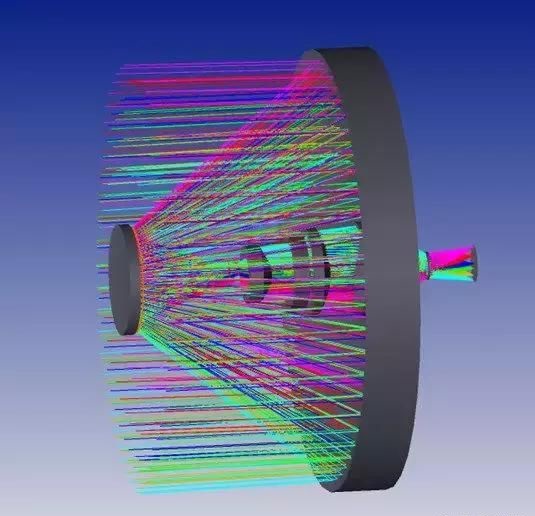According to the introduction of temperature measurement infrared thermal imaging camera manufacturers, infrared thermal imaging has been widely used in online weld penetration monitoring, welding process control, material deposition control, welding system control, laser welding quality assurance, online abrasive water jet (AWJ) cutting process quality Monitoring, resistance spot welding and stirring quality monitoring and friction welding (FSW) process.
Infrared thermal imaging technology is used to detect the incomplete penetration and penetration depth in the TIG welding process online, and report the linear relationship between the surface temperature curve and penetration. Use infrared thermal imaging to monitor welding quality online and automatically detect defects. Studies have shown that TIG welding online monitoring based on offset positioning infrared thermal imaging can detect stomata. According to reports, the spatial and temporal dependence of the temperature near the weld pool can provide valuable information about possible defects in the weld zone.

Infrared thermal imaging is also used for online monitoring and quality control of the welding process of non-metals (such as polymers, wood, etc.). Infrared thermal imaging is used to automatically detect defects in polyethylene pipes, and infrared thermal video sequences are acquired in the post-welding cooling stage, and image processing is performed based on clustering algorithms to characterize defects. In the transmission mode laser welding process of amorphous polymer samples, infrared thermal imaging is used to optimize the parameters. Infrared thermal imaging is used to study wood welding parameters, in which the higher and average peak temperature, temperature distribution and heating rate near the welding area are measured, and the effect of these parameters on the integrity of the welding is studied in detail. It also discusses various feature extraction algorithms for processing infrared thermal images acquired during online welding monitoring, and reports that a color image segmentation algorithm based on Euclidean distance is more suitable for this purpose.
Use infrared thermal imaging to detect and quantify the welding defects of friction stir welding aluminum joints and tungsten inert gas (TIG) welding stainless steel joints. It must be noted that all defects can be clearly identified from the thermal image. Based on the case study, it can be concluded that infrared thermal imaging is an excellent technique for detecting weld defects. Compared with other non-contact non-destructive testing techniques, infrared thermal imaging is preferable because it also provides information about the depth of the defect. .Infrared thermal imaging is a mature and widely accepted condition monitoring tool for welding joint inspection and online monitoring of welding process. It provides sufficient information for the quality assurance of welded joints, thereby ensuring the structural integrity of welded joints, thereby reducing the risk of sudden failure.